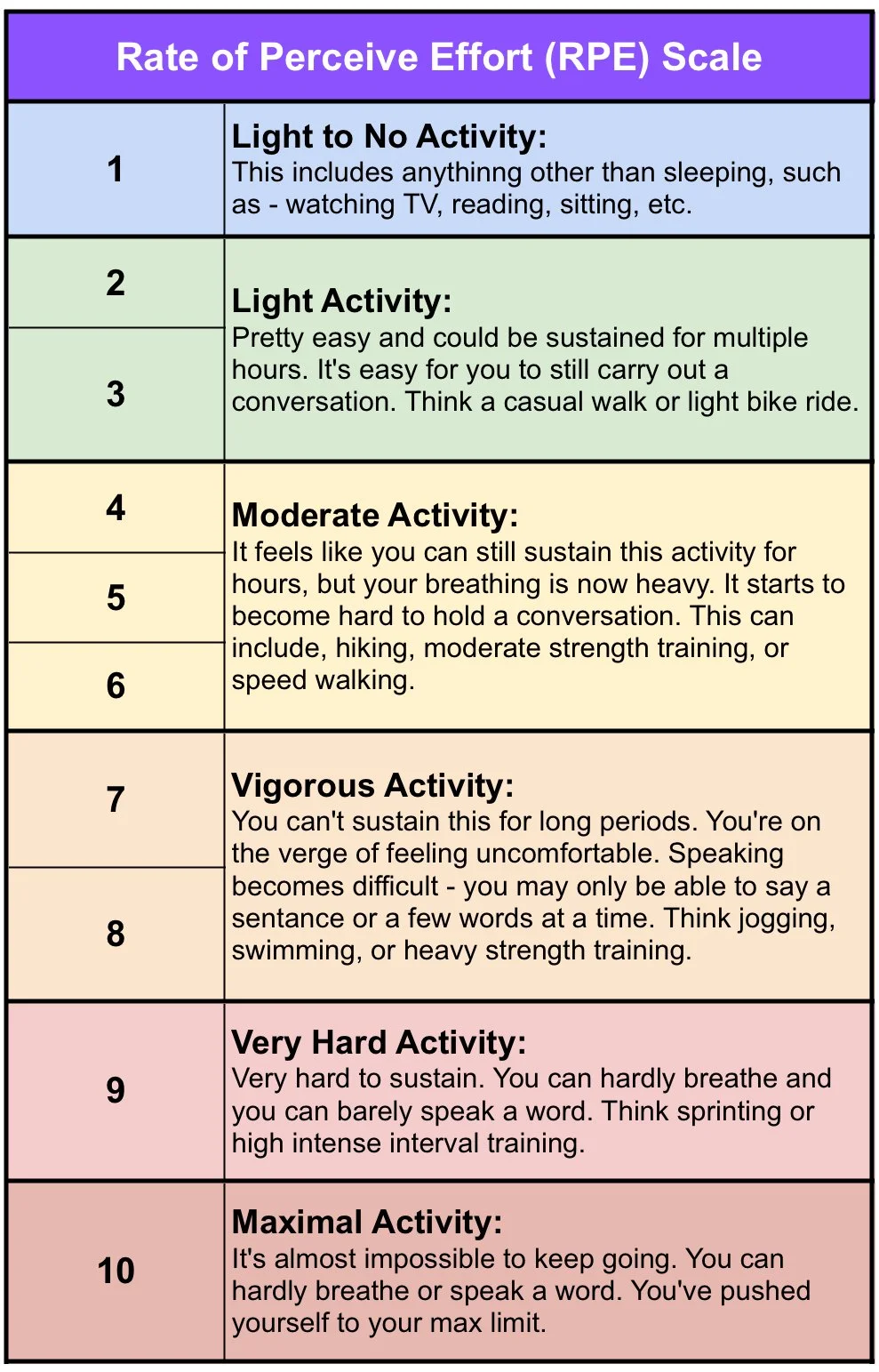Fitness Doesn’t Stop at Pregnancy: The Working Mom’s Prenatal Training Blueprint
You take a pregnancy test… and it’s positive.
Your mind starts racing—baby names, doctor appointments, maybe even what this means for your workouts. Life is about to change.
As a trainer, I’ve often found out about a woman’s pregnancy before her close friends and family—because she wants to know: Can I still train while growing a human?
Good news—you can. And in many cases, you should.
Let’s break it down.
Why Exercise During Pregnancy is So Beneficial
Staying active during pregnancy (when done safely) has huge benefits for both you and your baby. Here’s what the research says:
1) Stronger Heart & Lungs
Your heart works harder during pregnancy. Regular movement helps it keep up. One 2018 study found that pregnant women who exercised reduced their risk of gestational high blood pressure by 39% and preeclampsia by 41%.
2) Lower Risk of Gestational Diabetes
Exercise helps your body use insulin better. That means lower blood sugar and a reduced chance—up to 50%—of getting gestational diabetes. This helps avoid complications for you and your baby.
3) Healthier Weight Gain
Staying active supports steady, healthy weight gain. This lowers your risk of C-sections, delivery complications, and makes postpartum weight loss easier.
4) Shorter, Easier Labor
Strong muscles, better endurance, and a mobile pelvis? That’s a recipe for smoother labor. Women who train during pregnancy often need less pain medication and have fewer complications.
5) Better Mood
Exercise boosts feel-good hormones like serotonin and endorphins. If you're feeling anxious or down, movement can help. A 2015 study showed that exercise helped reduce pregnancy-related depression—sometimes as much as therapy.
6) Improved Sleep
Pregnancy can wreck your sleep. But regular exercise helps reset your sleep-wake cycle, lowers stress, and burns off extra energy. That means deeper, more restful sleep.
7) Less Aches & Pain
A strong core, mobile joints, and good posture reduce back and pelvic pain. Targeted strength training can help your body carry the growing baby more comfortably.
8) Faster Postpartum Recovery
Women who train during pregnancy often bounce back faster. They maintain muscle tone, hormonal balance, and cardiovascular fitness—which all support healing and emotional health after birth.
9) Healthier Baby
Prenatal exercise supports the placenta, improves oxygen flow, and may help brain development. Babies born to active moms often have healthier birth weights and better heart health.
How to Adjust Your Training by Trimester
As your pregnancy progresses, your body changes—and your workouts should too. The goal isn’t to “push through,” but to train smart so you stay strong, mobile, and confident.
Let’s break it down by trimester.
(Note: We’ll use the RPE scale—Rate of Perceived Effort—from 1-10. Aim for a moderate intensity, around 5–7. See RPE scale below)
First trimester (Weeks 1-12)
Your body is working hard to build the placenta, which often means fatigue and nausea. Focus on consistency over intensity.
What to do:
Keep workouts moderate. Aim for RPE 5–7.
Reinforce good form. Lighter weights = better movement patterns.
Start core and pelvic floor work. Now’s the time to lay the foundation.
Avoid overheating. Stay cool and hydrated.
Second trimester (Weeks 13-27)
Energy usually improves here—and your belly starts to show. The hormone Relaxin kicks in, loosening joints and ligaments to prep for delivery.
What to do:
Strength train with confidence. Keep RPE moderate.
Switch up core work. Focus on stability: think side planks, Pallof presses, and rollouts—no crunches or spinal bending.
Strengthen posture and glutes. Helps prevent back pain and rounded shoulders.
Limit lying flat on your back. Use incline positions instead.
Third trimester (Weeks 28-40)
Your bump is bigger, balance shifts, and energy may dip. Training should now support labor prep and daily movement.
What to do:
Prioritize functional strength. Think squats, hinges, carries—slow and controlled.
Drop the weight if needed. Focus on form, breath, and how you feel after.
Prep for labor. Use mobility drills like deep squats, hip openers, spinal decompression, and breath-controlled movements.
Watch for warning signs. Coning, pain, or leaking? Time to modify or see a specialist.
General Guidelines for Pregnancy Training
No matter what trimester you’re in, keep these basics in mind:
Listen to your body. Flexibility beats rigidity—especially during and after pregnancy.
Use the “talk test.” You should be able to talk during workouts.
Hydrate and stay cool.
Do mobility, core, and pelvic floor work regularly.
Get clearance from your OB-GYN before starting or changing your routine.
Final Thoughts
Pregnancy doesn’t mean you have to stop training—it means you need to train smarter. Staying active can help you feel better, stay stronger, and bounce back faster after baby arrives.
But you don’t have to figure it out alone. A certified pre- and postnatal trainer can help you adjust your workouts safely, support your changing body, and give you the confidence to stay active through each trimester. And when you’re ready to return to movement after baby—especially while juggling work and motherhood—having expert guidance can make all the difference in your recovery, strength, and mental well-being.
That’s exactly what I do through my signature online program—help ambitious working moms train smarter, feel stronger, and show up with more energy every day.
Need Help Fitting Fitness Into Your Busy, Working-Mom Life?
I created a program called The Strong Mom Evolution—an online fitness coaching program made for career-driven moms who want to get stronger, feel more confident, and avoid feeling overwhelmed.
I open enrollment the first Monday of every month.
Want to join the next cycle?
CLICK HERE to add your name to the waitlist. Spots are limited!

